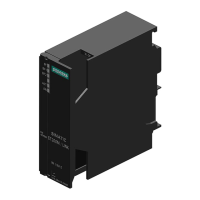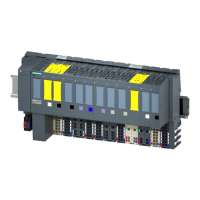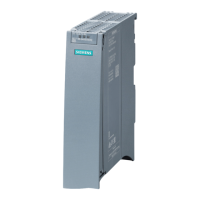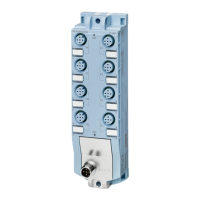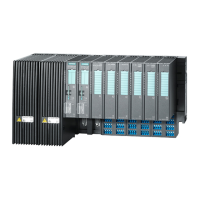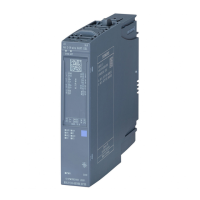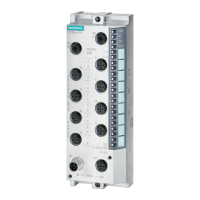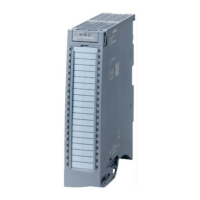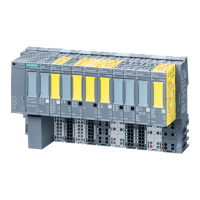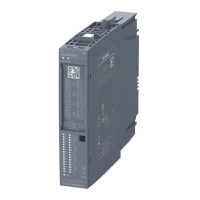5.2 Sequence of the application example
Relevant variables in the application example
Table 5-1 Overview of the relevant variables
Symbol Data type Initial value Meaning
myCommand enumCommand
(CMD_READ,
CMD_WRITE,
CMD_RESET_ERR,
CMD_USE_DATA1,
CMD_USE_DATA2,
CMD_START,
CMD_STOP)
CMD_READ Selection of command to be executed
myCmdExecute BOOL FALSE TRUE = Start selected command
myCmdDone BOOL FALSE TRUE = Error-free command processing
myCmdError INT 0 Error specification
myParaNumber UINT 0 Number of parameter to be written
mySubIndex UINT 0 Index of the parameter number
myParaValueWr REAL 0.0 Parameter value to be written
myParaValueRd REAL 0.0 Read parameter value
mySetpoint INT 500 Speed specification in [rpm]
myMaxRevolution INT 1,350 Maximum speed of the motor in [rpm]
Command processing
Proceed as follows to activate command processing in the sample program:
1. In the project navigator, under Programs select the E_FC_ctrl Unit.
2. Open the symbol browser in SIMOTION SCOUT.
3. Select a command in the symbol browser by setting the myCommand variable to the
command to be executed.
4. Parameterize the command-specific variable.
5. Start the selected command by setting the myCmdExecute variable to TRUE.
6. Wait until error-free command execution is indicated by myCmdDone = TRUE. An error
during command execution is specified in the myCmdError parameter.
7. You can now call additional commands.
The functions contained in the application example are described below.
Example: Resetting drive and parameterization errors
The function block displays drive errors at the output parameters
myFC_control.driveError = TRUE and myFC_control.driveErrorId ≠ 16#0000; these must be
acknowledged before the next command is called. Drive errors are reset with bit 7 in the control
word ctrlDword.
Application example
5.2 Sequence of the application example
Supplement for the ET 200S frequency converter
Function Manual, 01/2015 29

